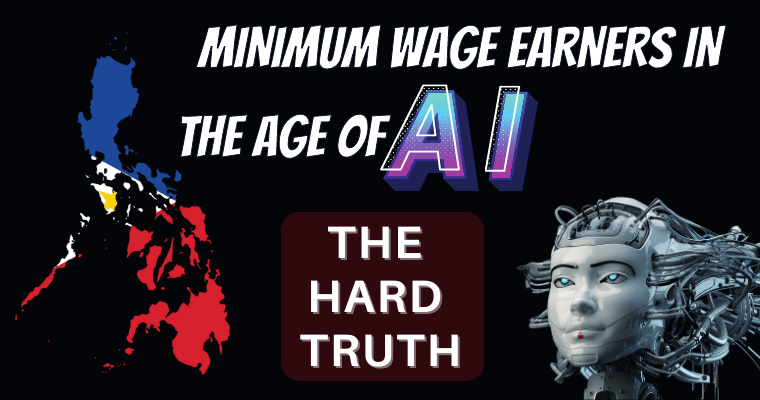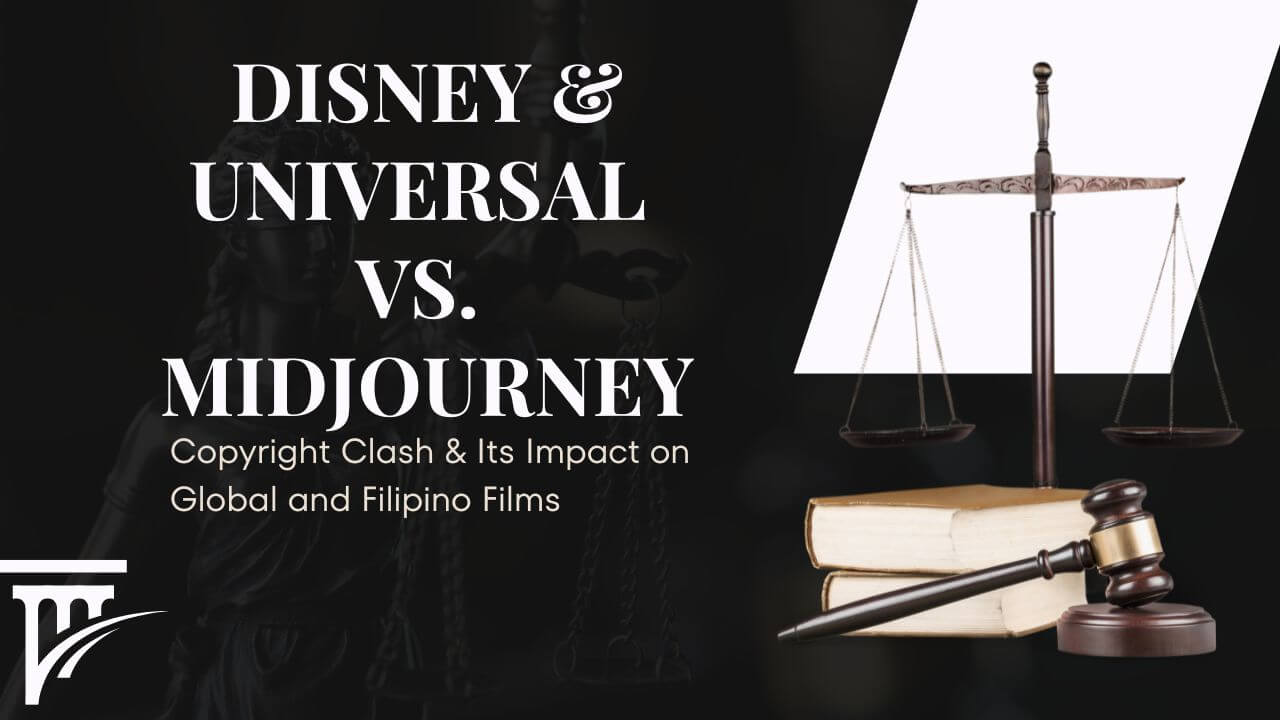Drawing on our Politics of Poverty in the Philippines & AI analysis, we see a familiar pattern: we “teach them how to fish”—but what if they have no access to the boat, the net, or the buyers?
If you listen to our leaders, they’ll promise to run the entire solar system—yet the facts remain. According to the Philippine Statistics Authority’s 2023 Family Income and Expenditure Survey, 17.54 million Filipinos—15.5% of the population—lived below the poverty line. They can even train the dead to bury themselves, yet months later, many recipients of training and toolkits remain jobless and earn below minimum wage.
We say “don’t just give 4Ps (Pantawid Pamilyang Pilipino Program)”—teach them how to find their own 4Ps:
- Product that meets real market demand
- Process that ensures quality and efficiency
- People with the right skills and support
- Place in the value chain where they can thrive
The missing link isn’t goodwill—it’s a value chain perspective. By viewing poverty alleviation as an end-to-end process rather than isolated interventions, we can design programs that actually generate sustainable income.
1. The Fragmented Aid Model
- Training alone equips people with skills, but without market demand, those skills go unused.
- Distributing kits (sewing machines, starter packs) helps on day one, but recipients lack raw materials, financing, or sales channels to produce and sell.
- Sporadic workshops ignore quality control, packaging, branding, and customer support—critical steps before a product can earn money.
2. Mapping the Community Value Chain
Applying Porter’s framework reveals every activity needed for a thriving community enterprise:
Primary Activities
- Inbound Logistics: sourcing raw materials at fair prices
- Operations: converting inputs into finished goods or services
- Outbound Logistics: delivering products to buyers
- Marketing & Sales: creating demand, setting prices, and managing channels
- Service: providing after-sales support and training for repeat customers
Support Activities
- Procurement: forging relationships with suppliers and financiers
- Technology Development: leveraging simple AI tools for forecasting and quality checks
- Human Resource Management: ongoing skills development, not just one-off training
- Firm Infrastructure: shared storage, digital platforms, and community hubs
3. Where Aid Programs Fall Short
Most poverty-alleviation efforts focus on two links—operations (skills training) and inbound logistics (toolkits)—but neglect:
- Missing Markets: no buyer networks or retail partners to sell products
- Quality Gaps: lack of design guidance results in substandard offerings
- Financial Exclusion: beneficiaries can’t secure affordable capital to scale
- Operational Inefficiencies: no inventory management or demand forecasting leads to waste or stockouts
4. ESG Principles and the Butterfly Effect
Sustainable, inclusive growth across every level of the value chain can be achieved by embedding Environmental, Social, and Governance (ESG) principles aligned with the UN Sustainable Development Goals (UNSDG). This means:
- Environmental: sourcing responsibly, minimizing waste, and using clean energy
- Social: ensuring fair wages, inclusive hiring, and community engagement
- Governance: transparent operations, ethical leadership, and accountability
But it doesn’t stop there. We must apply ecosystem science in harmony with the natural order of the world, as God created it in its entirety. Every intervention, no matter how small, can ripple outward. This is the butterfly effect: a single well-designed livelihood program can transform not just one life, but an entire barangay’s economic trajectory.
5. Designing End-to-End Interventions
- Conduct a Local Value Chain Assessment. Identify demand, market gaps, and community assets at each link.
- Bundle Services Across Activities Pair technical training with market access workshops, supplier matchmaking, and financing clinics.
- Leverage Technology for Forecasting and Quality Control. Use basic AI tools to predict demand spikes, optimize pricing, and maintain standards.
- Build Community Hubs: Create shared spaces for co-working, storage, prototyping, and peer mentoring—reducing overhead and fostering collaboration.
- Institute Continuous Feedback Loops: Track sales data, customer feedback, and production metrics to refine interventions in real time.
🐾 Final Thought
True poverty alleviation demands a holistic value chain approach—one that reaches far beyond one-off trainings or kit distributions.
If you truly want to help the poor, fight poverty, not just with good intentions, but with systems thinking. Start by uncovering what keeps people trapped: Is it convoluted government processes that block market access? Are well-meaning aid programs misaligned with actual demand? Or is there a hidden economy that quietly profits from keeping communities dependent and excluded?
I refused to believe that our government is the number one manufacturer of poverty. But I’ll consider the case closed if the poor would rather choose conditional cash transfers over skills training programs.
Read more at: Politics of Poverty in the Philippines & AI
Only by diagnosing these barriers can we integrate every link—from sourcing raw materials at fair cost, to skills development, to quality control, to finding buyers, and even after-sales support. That’s how trainings and toolkits stop gathering dust and start generating real, lasting income.
When we move from fragmented aid to an end-to-end value chain framework, we don’t just teach people to fish—we give them the boat, the net, and the marketplace. And if we embed ESG principles and ecosystem harmony into every step, we don’t just help communities survive—we help them flourish.
📚 Sources
- The Butterfly Effect: ESG and the Ripples Across Financial Markets – Credible ESG
- Philippine Statistics Authority – 2023 Full Year Poverty Statistics
- AI and ESG: The Butterfly Effect in Tech and Sustainability – TechFinancials
- The Butterfly Effect: Identifying Pathways for Sustainability Transformation – Monash University
- Politics of Poverty in the Philippines & AI – AIWhyLive.com







